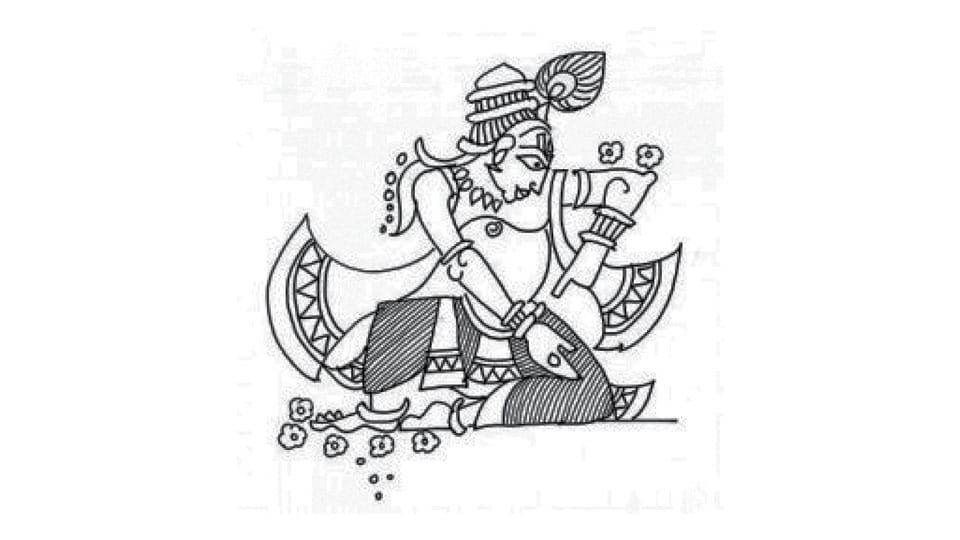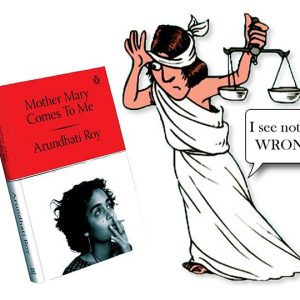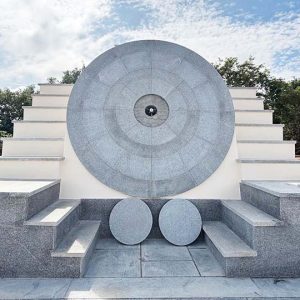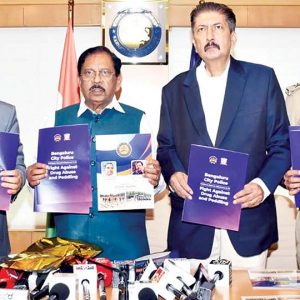By Dr. Devdutt Pattanaik – Author, Speaker, Illustrator, Mythologist
People often confuse the Bhagavata Purana (commonly referred to as the Bhagavata) with the Bhagavad Gita (commonly referred to as the Gita).
* Bhagavata focuses on Bhagavan or God who engages with the world; it establishes Krishna as an avatar of Vishnu. Mahabharata focuses on the quarrels of the Bharatas, another name for the Kuru clan to which the Pandavas and Kauravas belong. God engages with the world as Krishna through the quarrels of the Bharatas.
* Bhagavata is a chronicle on the life of Krishna till he meets the Pandavas. Mahabharata is a chronicle of the life of Krishna after he meets the Pandavas.
* Bhagavata focuses on Krishna’s life as a cowherd in a rural landscape. Mahabharata focuses on Krishna’s life as a warrior and strategist in an urban landscape.
* Bhagavata focuses on emotions (bhakti marga) while Mahabharata focuses on reconciling action (karma marga) with ideas (gyana marga). Gita, which is part of the Mahabharata, brings the three margas together.
The same idea as the Gita is presented in a dramatically different way in the Bhagavata through the raas-lila of Krishna.
After describing the events of Krishna’s childhood, how he kills demons sent to kill him, how he protects the village from natural calamities, how he takes the cows out to graze along with his friends, how he plays pranks on the milkmaids and steals their butter, the Purana proceeds into the realm of romance and eroticism. Every full moon night Krishna goes into the fragrant woods of tulsi shrubs, the Vrinda-vana, and plays the flute. Hearing his melodious music, women rush out, leaving behind their fathers, brothers, husbands and sons who are fast asleep, to dance around him in a circular formation. Thus the forest (vana) turns into a delightful space (Madhu-vana). This creation of the circle of delight (rasa-mandala) is the raas-lila. It would last as long as the women did not become possessive of Krishna. And while it lasted, every woman felt that Krishna danced with her exclusively.
The contrast between the battlefield of Kuru-kshetra and the dance in Madhu-vana is stark. War here, dance there. Men here, women there. Blood here, milk there. Rage here, romance there. Day here, night there. Public here, secret there. Field here, forest there. Imminent violence here, sexual tension there.
By overturning established notions of righteousness and appropriateness related to property in the Mahabharata and related to fidelity in the Bhagavata, Krishna draws attention to an underlying theme, the Vedic theme, of how the mind perceives information differently depending on the level of wisdom. Since there are infinite levels of wisdom, there are infinite ways of seeing the same thing. Only the expanded mind (brah-mana) can see infinity (an-anta).
Further, Bhagavata speaks of Krishna’s mothers: Devaki, who gives birth to him and Yashoda, who raises him. It speaks of Krishna’s lovers: Radha, who leaves behind in Gokul and Yamuna, who follows him to Dwarka. It speaks of Krishna’s wives: Satyabhama, rich and demanding, and Rukmini, poor and docile. Bhagavata tells stories of the inner quarters and not royal courts; of the village, not the city; the pasture, not the battle-field.
Krishna, may be the great strategist, warrior and teacher, but he is also someone’s son, someone’s lover, someone’s husband, even someone’s brother and father, not always perfect and often quite exasperating. This makes Bhagavata a very feminine narrative where Mahabharata is a masculine one, bringing God from grand things outside the home to simple things inside.








Recent Comments